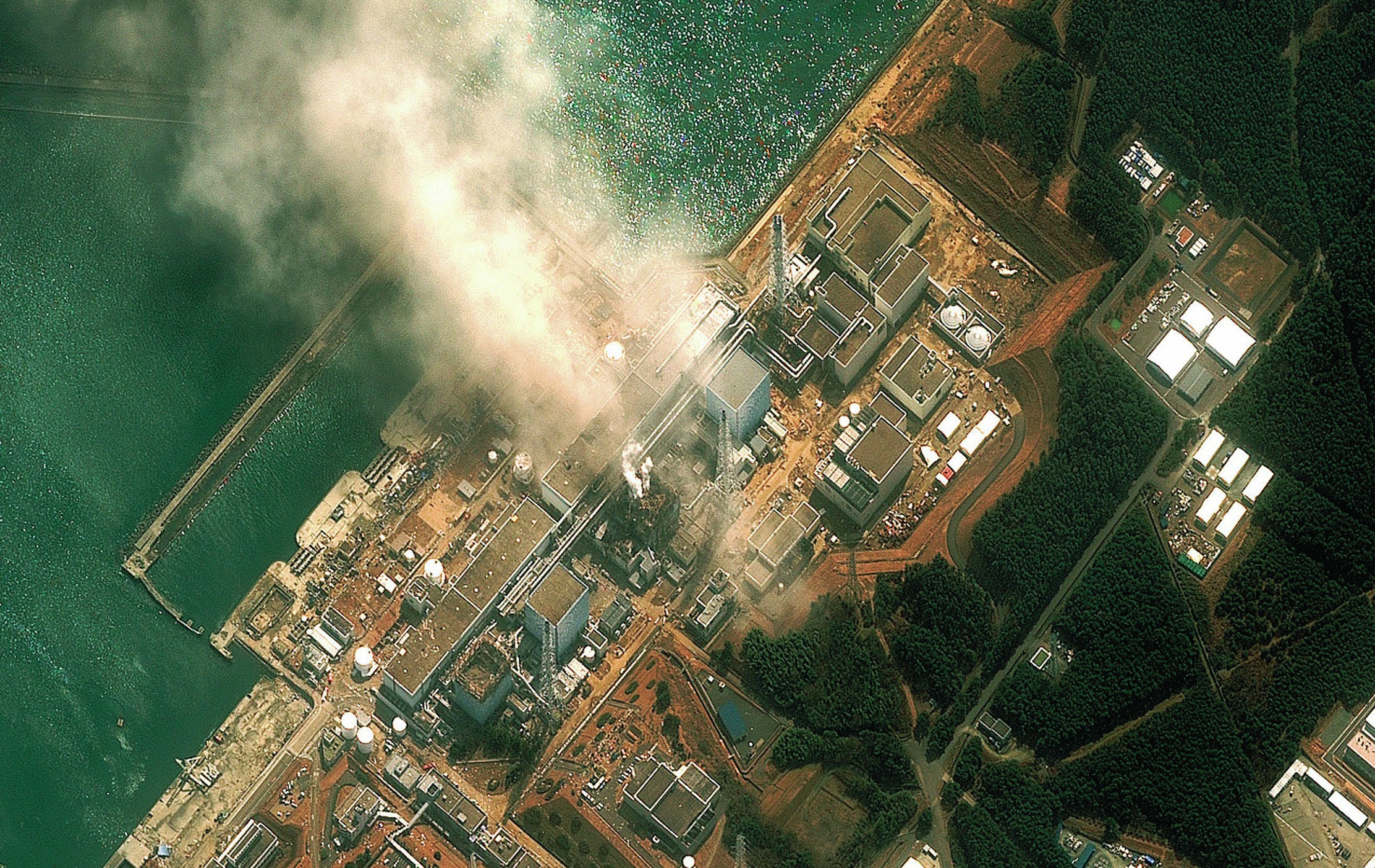
The impacts of natural hazard events can be reduced by mitigation measures. However, the impacts are made worse when human actions introduce additional risk to the hazard arena. In Japan, natural hazard vulnerability has been lessened by earthquakeresilient building designs, but heightened by the siting of nuclear power stations in coastal areas with a known tsunami risk (but where there is easy access to water for cooling).
The Fukushima Daiichi nuclear plant, 240 km northeast of Tokyo, is one of the 15 largest nuclear power stations in the world. Following the earthquake and tsunami, partial nuclear meltdown and explosions occurred in its three operational boiling water reactors. The event was rated at level 7 on the International Nuclear Event Scale, placing it in the same category as the Chernobyl disaster of 1986. This level is described as a ‘major release of radioactive material with widespread health and environmental effects requiring implementation of planned and extended countermeasures’.
Your organisation does not have access to this article.
Sign up today to give your students the edge they need to achieve their best grades with subject expertise
Subscribe




